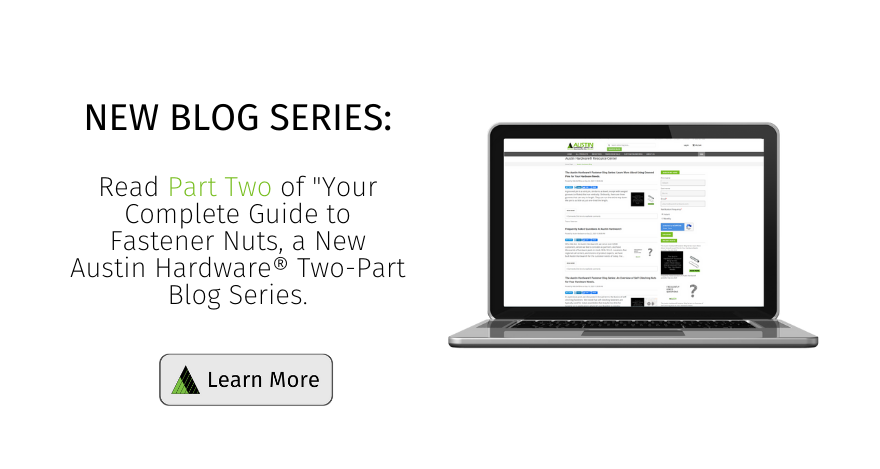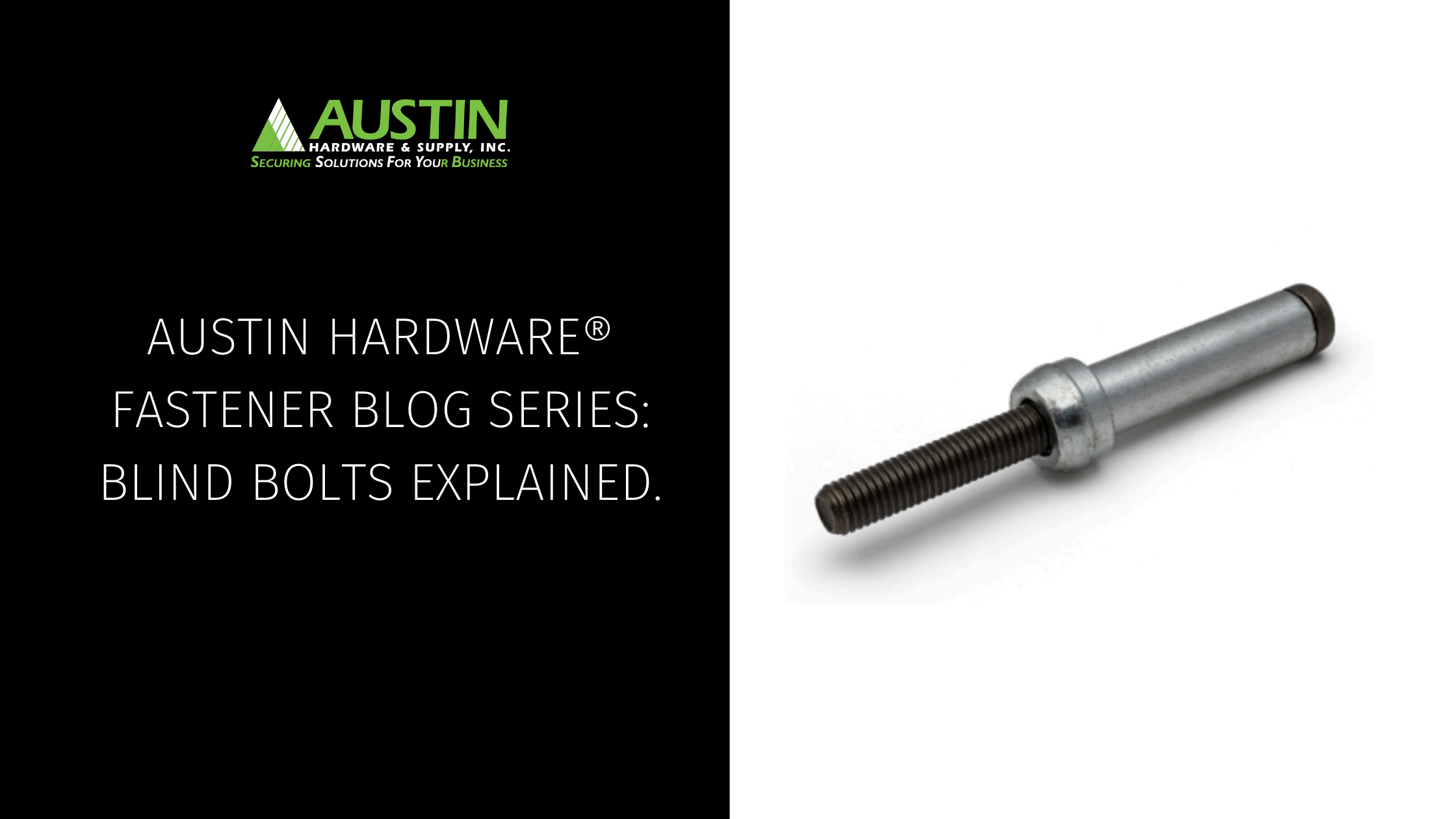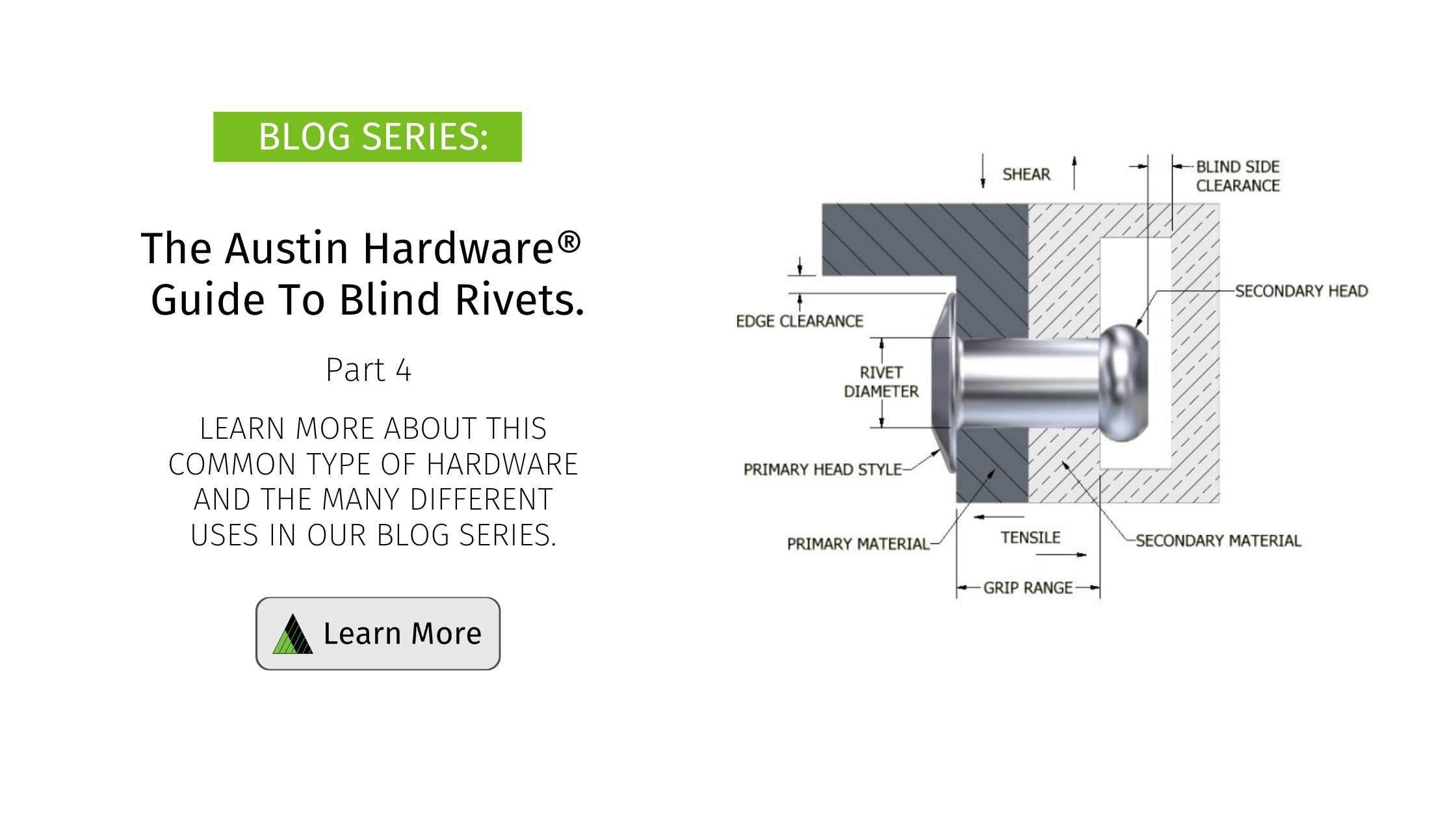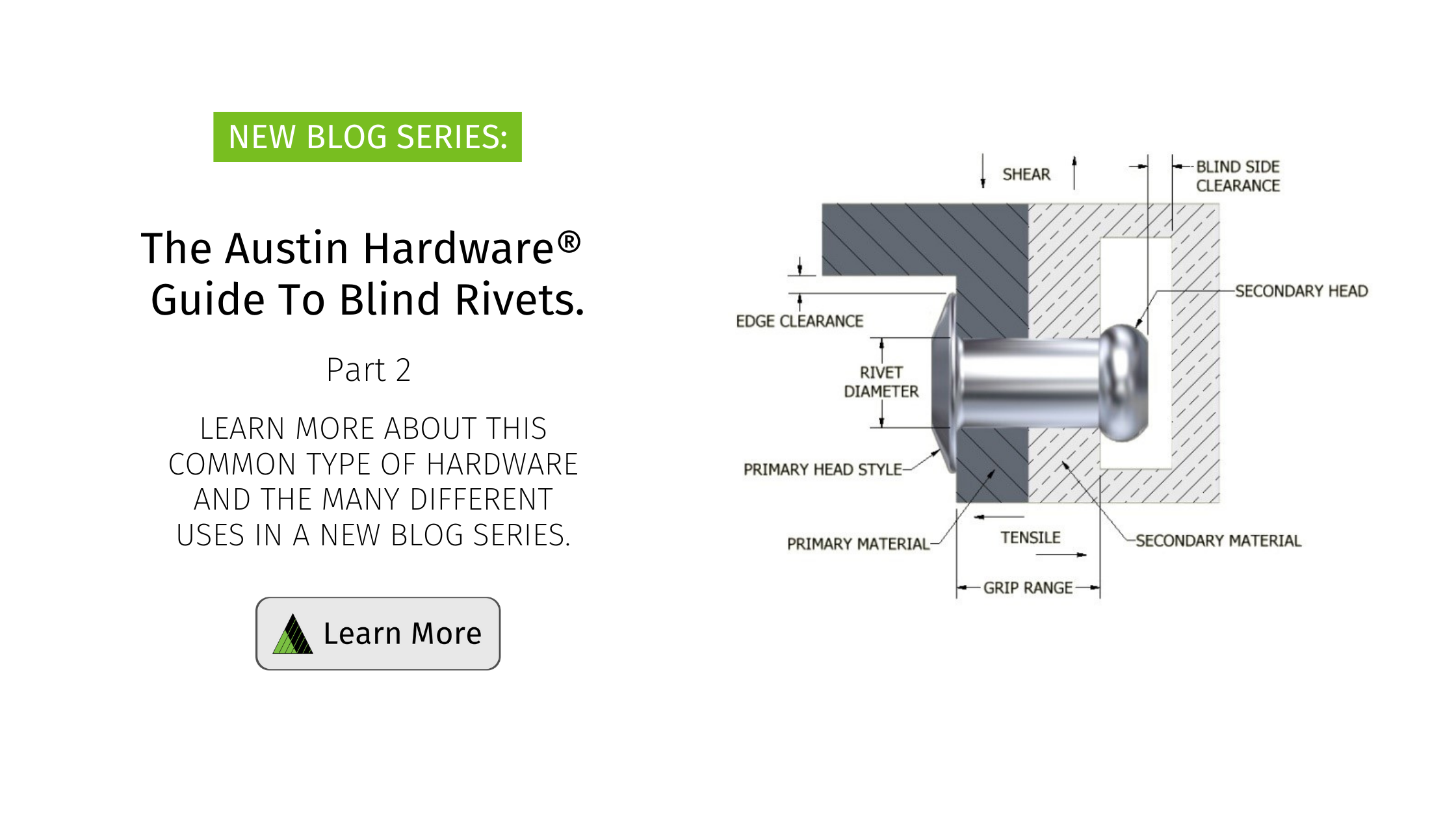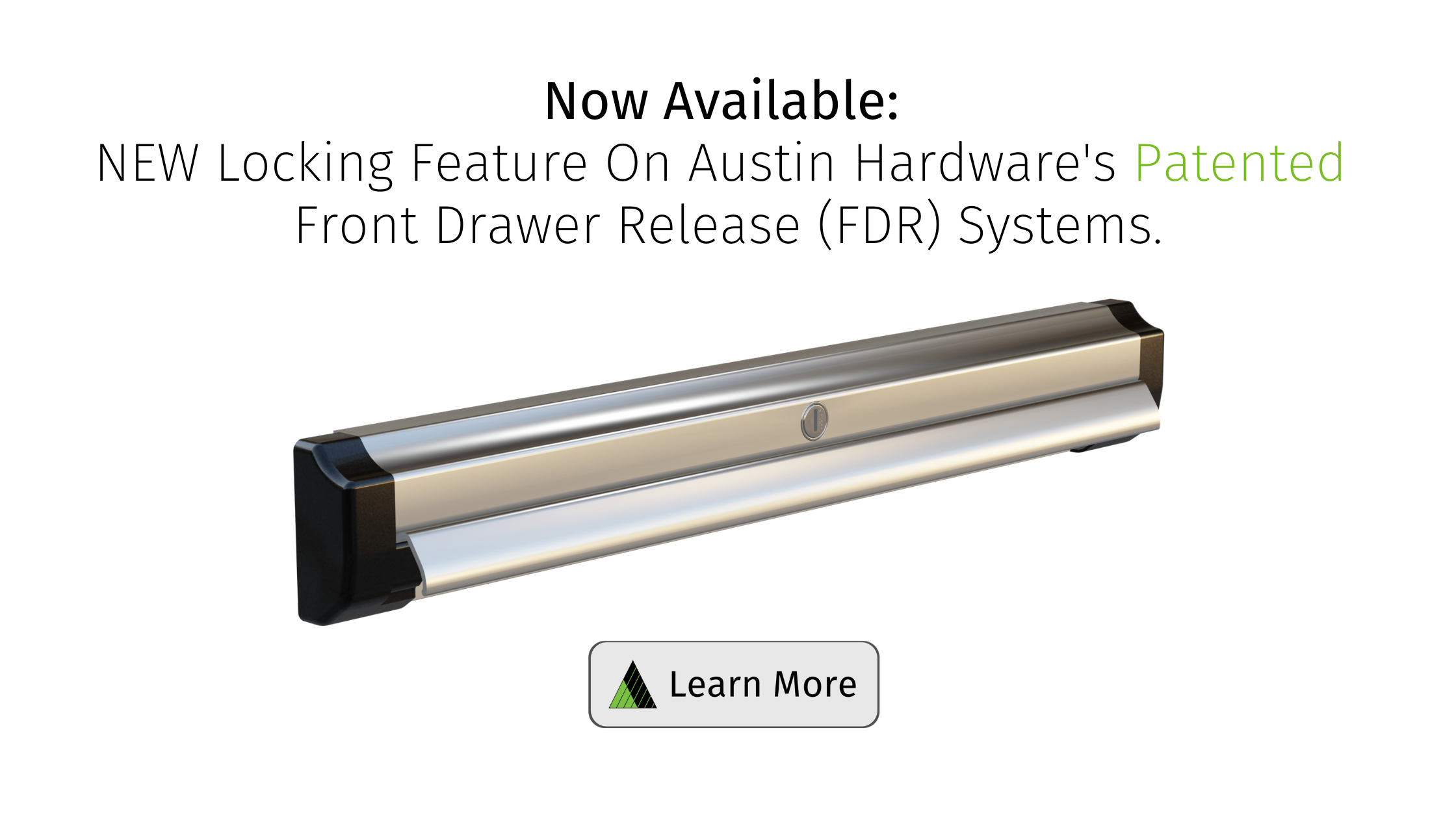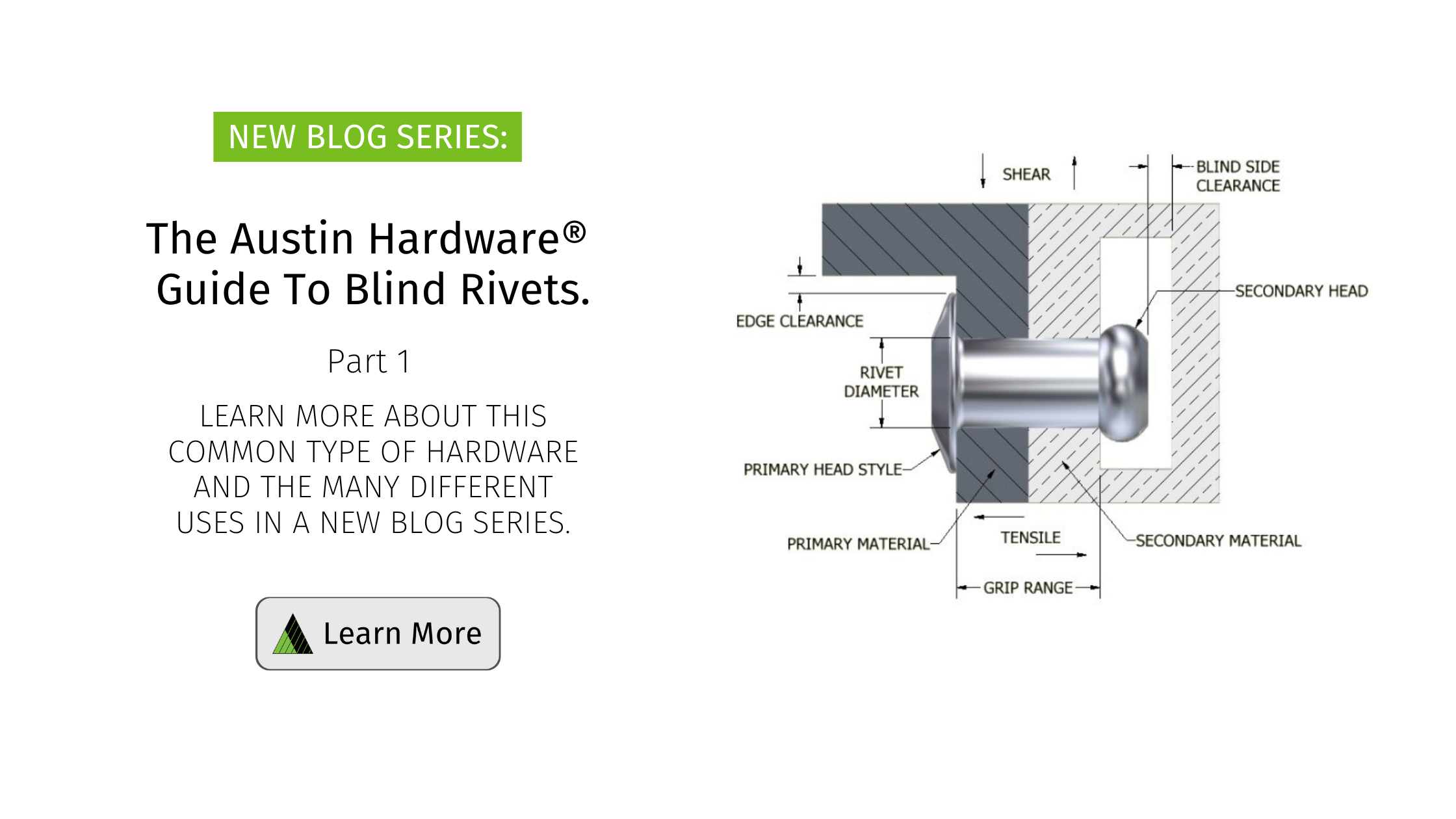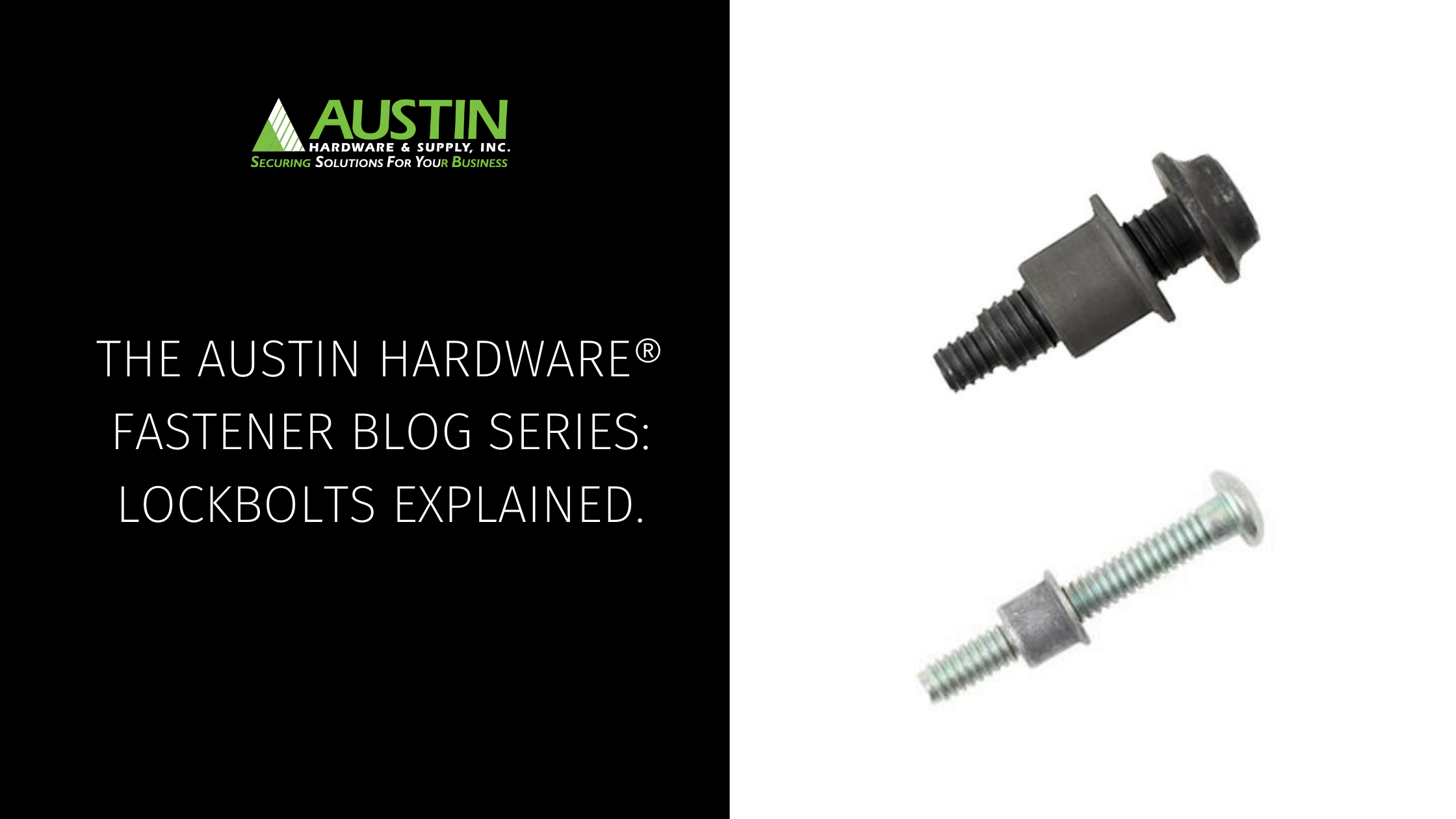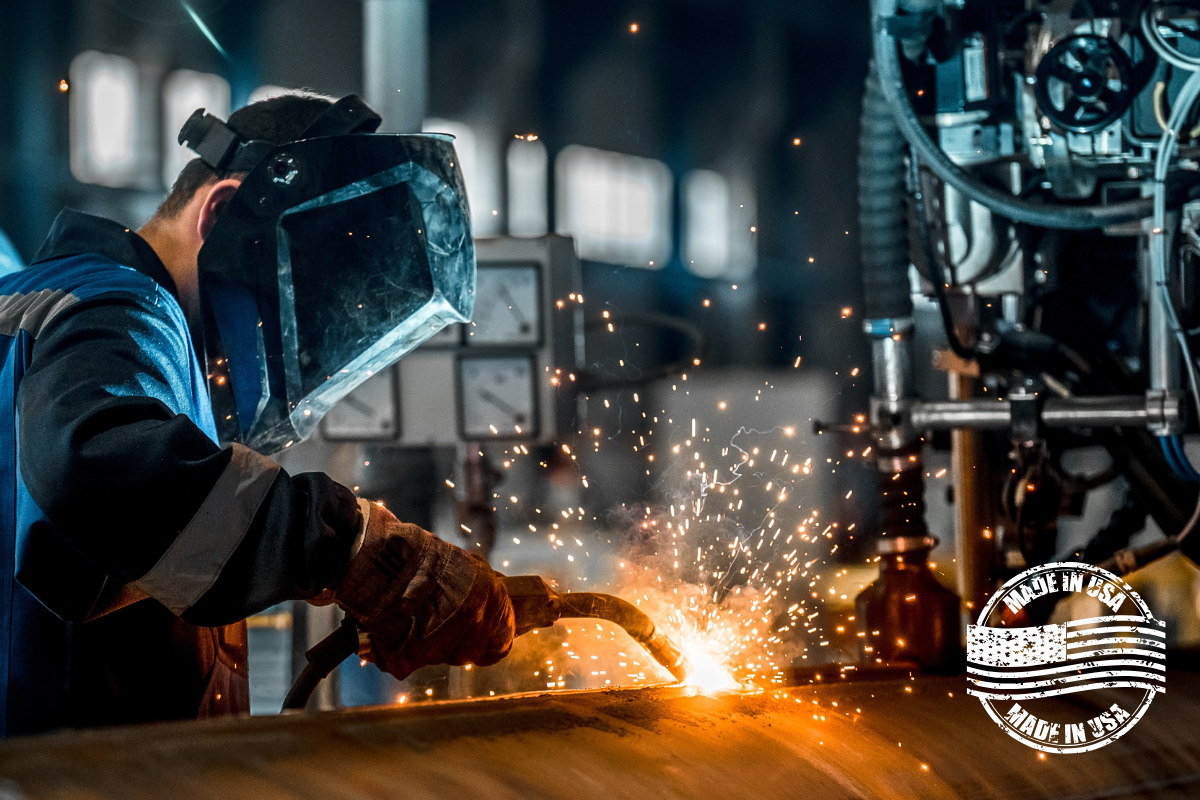The number of different types of screws available today is dizzying. There are many types for virtually any application.
We’re not going to try to explain every different type here. We’re only going to look at the three we see used most often in the transportation and metal fabrication industries.
They include:
- - Type F Thread Cutting and Thread Forming Screws
- - Tek Screws
- - Self-Tapping Screws
Thread cutting screws alone are available in numerous styles. A thread cutting screw is defined by its sharp edges at the tip and a cutout line to clear cut material. The difference between the types may include the number of cutting edges, the shape of the clearing cutout, the spacing of the threads, among other physical properties that make each uniquely suited for specific applications.



